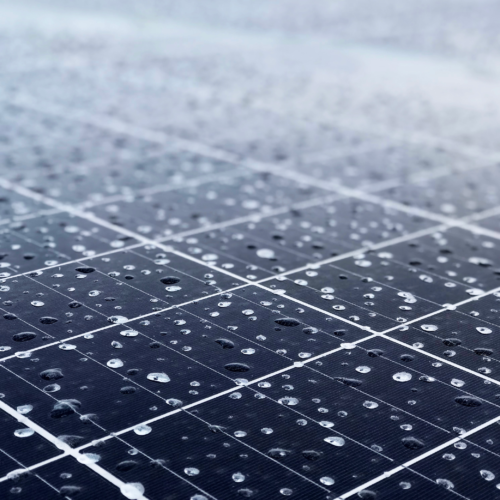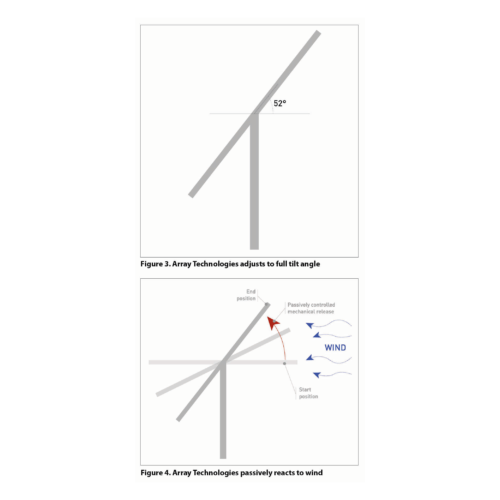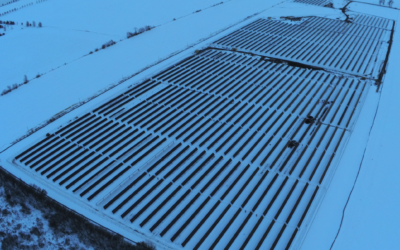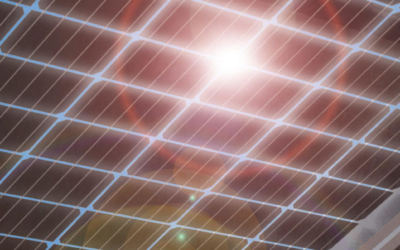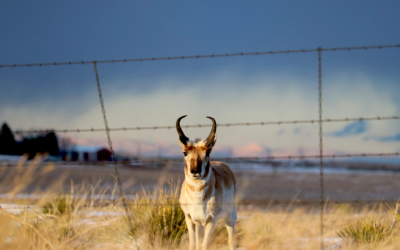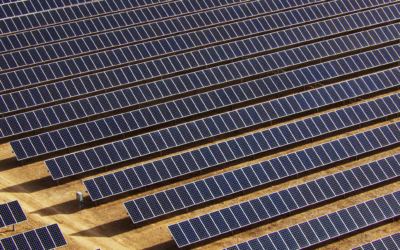Hailstorms + Solar Trackers
All Hail the DuraTrack HZ V3 Single-Axis Solar Tracker from Array Technologies
Categories
- White Paper
Overview
Solar trackers reached new record levels in 2019, comprising more than 85% of the global utility-scale segment, according to Global Market Insights. Over the last three years, the U.S. has emerged as one of the largest markets for single-axis solar trackers. It’s projected that this widespread adoption of tracker technology will continue into the next decade, due largely in part to declining component costs and high efficiency systems—not to mention their high reliability index, energy gain advantages, lower LCOE, and longer lifespan.
When a solar tracker system is labeled as “high efficiency” it implies that the system is performing or functioning in the best possible manner with the least waste of time and effort. So what makes a tracker system high efficiency? The technology and architecture, no doubt. Reliability, sure. Lowest probability of failure and downtime—like being able to withstand extreme weather events without interruption? Definitely.
Extreme weather events, including occurrences with the highest potential for damage like high winds and hailstorms, are perhaps one of the biggest causes for concern when it comes to solar trackers. How to diminish the danger of damage from these forces remains a persistent topic of debate in the industry. Per the National Oceanic and Atmospheric Administration, the U.S. saw ten weather/climate disaster events this year, with losses in excess of $10 billion. The number and strength of these events continues to rise, prompting solar asset owners to do more to prepare for such disasters. But what if, rather than preparing for imminent disaster, threats could be avoided altogether by installing the right technology? The only proper way to provision a solar array is by installing the right technology to begin with—especially in those severe-weather-prone locales.
We’re here to tell you that there’s only one choice in technology when deploying solar trackers in regions with inclement weather—specifically hailstorms, which are arguably the most damaging—and this is why.
